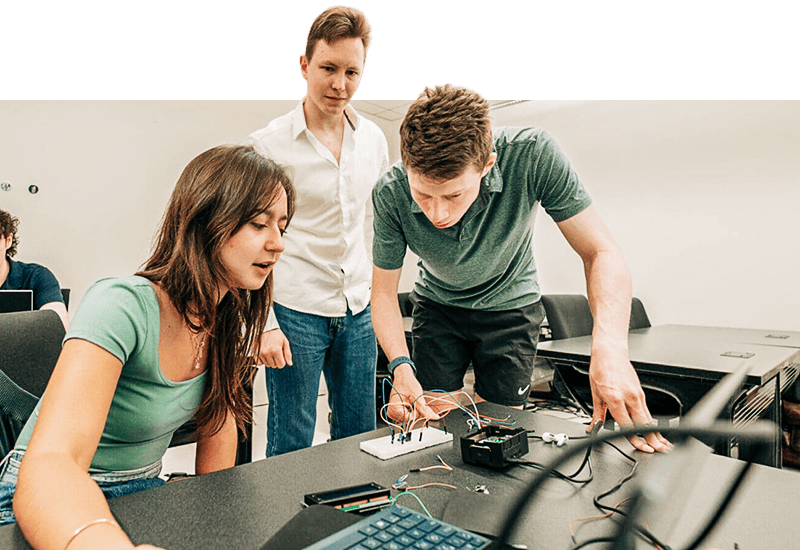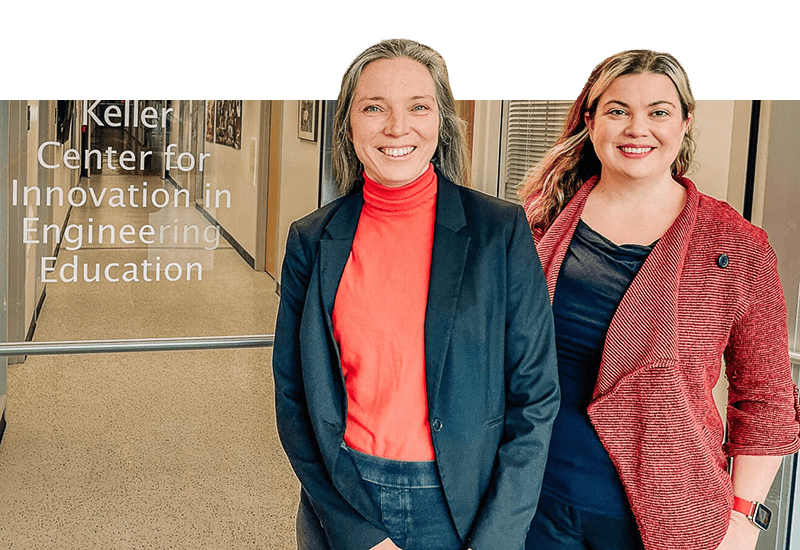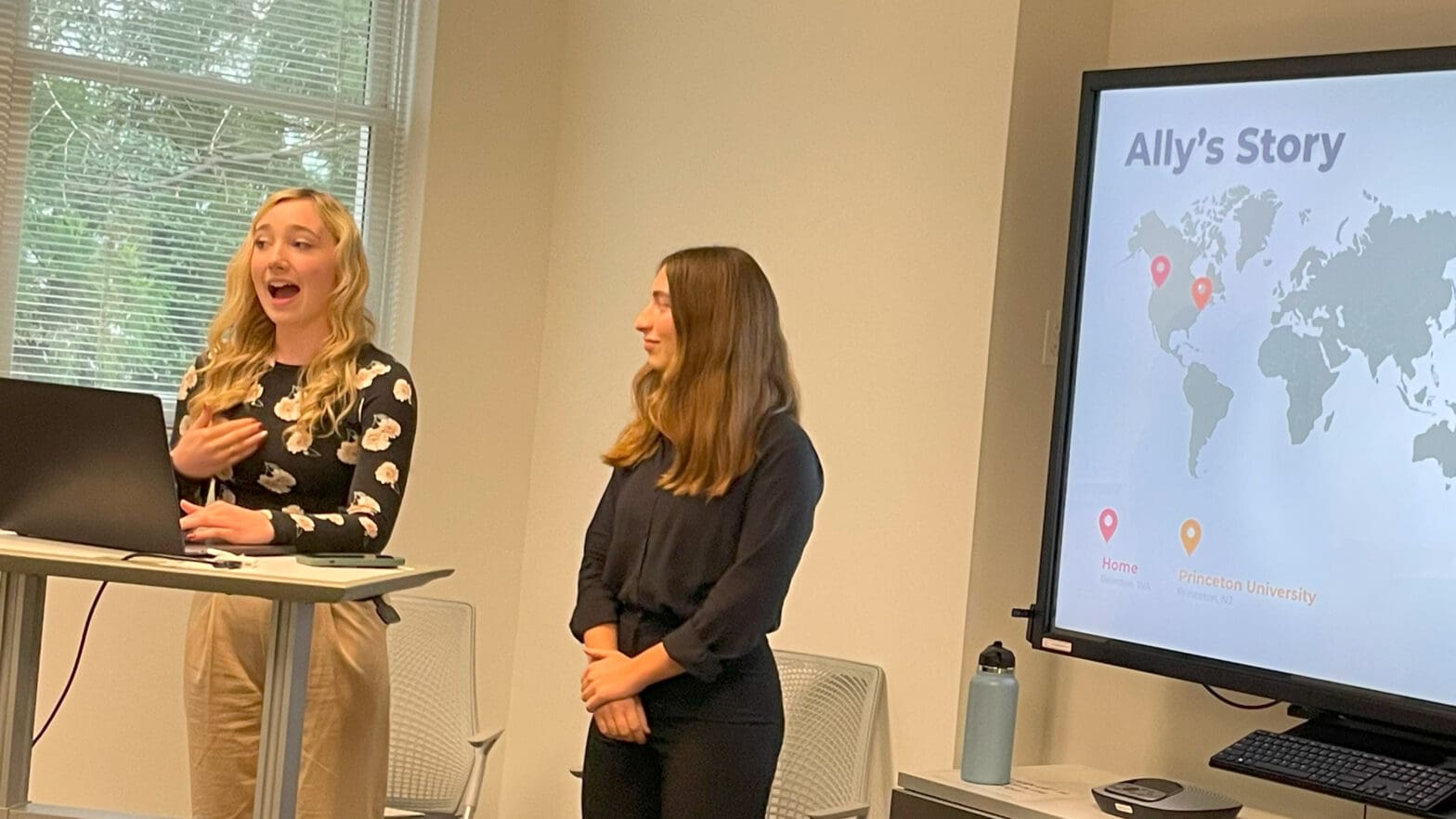
Haerther fellowship program prepares students to tackle society’s most challenging problems
By
on
But Lloyd said that lecturer Alice Kogan’s enthusiasm was so infectious that the class became a priority. Now, a few months later, Lloyd and classmate Zoe Simon have transformed a class project into an effort to combat serious loneliness on the Princeton campus.
“I rearranged my schedule to take on the challenge of mitigating loneliness and haven’t looked back,” said Lloyd, a sociology major.
Kogan, who joined Princeton from the IDEO design firm last year, said the purpose of the course is to push students to rethink ways of approaching difficult problems.
“They are used to being analytical and logical and doing things that lead to the right answer,” she said. “What makes this class different is the nature of the problems that we are putting in front of them. They are more intractable. Often, there isn’t a simple solution.”

Kogan is one of four Haerther Fellows teaching at the Keller Center for Innovation in Engineering Education. Funded by the Daniel P. Haerther Charitable Trust, the program supports courses that guide liberal arts students in topics such as engineering, entrepreneurship, and design. The Haerther Program plays a key role in Keller’s mission to serve as a bridge between engineering and the wider University community.
The program benefits both engineering students and those from outside the Engineering School, Kogan said.
“One of the pillars of design thinking is creating teams that are intentionally multi-disciplinary,” she said. “Having an engineering student, and a sociology student, and English student as part of one group is a benefit to the group.”
Cornelia Huellstrunk, Keller’s executive director, said building on Princeton’s varied strengths is the core of the center’s mission.
“For any of the large-scale problems facing our nation and the world, from climate issues to AI, creating solutions and innovations will require transdisciplinary approaches,” she said. “At the root of these approaches, is the need for partnership and exchange between different intellectual communities spanning the STEM fields, as well as the social sciences and humanities.”
Lloyd spent the beginning of Kogan’s class learning new techniques for approaching problems. At first, the exercises seemed a bit unusual.
“We would often be asked to do a task that seemed really strange or out of the box like coming up with a failure resume or writing down five uses for a brick,” she said. “I remember leaving the classroom the first few weeks thinking, how does this correlate to loneliness, but by week 4 or 5, I learned to lean into the process because Professor Kogan always had a way of drawing lines between readings, class discussions, and guided activities that were not only intentional but inspirational.”
Lloyd and Simon, an economics major, interviewed students about loneliness on campus and discovered that much of the trouble was connected to homesickness. Exchange students and students traveling long distances were most susceptible. This was particularly true during holidays and breaks.
“We started thinking, what if there was some way for faculty members to engage with students in an almost adoptive or exchange family sort of way,” Lloyd said.
Lloyd and Simon worked with residential college leaders and panels of faculty members to refine the idea. Suggestions included enlisting faculty volunteers to attend students’ sporting events and performances, delivering care packages or inviting students for a home-cooked meal. The team dubbed the effort the 2K Miler Club.
“We really wanted to focus on giving students a resource on campus that would make some of the most lonely times less daunting,” she said.
After the class ended, Lloyd and Simon were determined to keep the project going. They have been meeting with advisors for two residential colleges about creating a pilot program in the spring semester.
Simon, who is pursuing a certificate in entrepreneurship through the Keller Center, said she is focusing on the 2K Miler Club to meet the certificate’s independent work requirement. She said that, originally, she had intended to pursue a more traditional path toward her independent work, but the experience of developing the project inspired her to shake things up.
“I’d never really thought of myself as someone who would pitch a completely new type of independent work to my advisor, nonetheless to campus administrators, but Professor Kogan’s course inspired me to push myself beyond my limits,” Simon said.
2024 HAERTHER FELLOWS
Majora Carter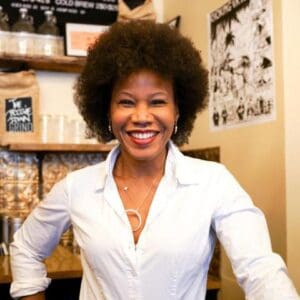
In her seminar on innovation and design, Carter helps students overcome obstacles blocking them from developing creative solutions to challenging problems. Carter, a MacArthur Fellow and Peabody Award winning broadcaster, tells the story of working with students who worried that they were not born with a “creativity gene” and feel destined to follow a restrictive path. “Watching those same students move beyond their self-imposed boundaries, apply practices they learned in class and utilize talents and connections they were not previously aware of was easily the most inspiring part of my semester,” she said.
Alice Kogan
Kogan joined the Keller Center after spending seven years at the design and innovation consultancy IDEO, where she led teams of designers to create new products, services, and experiences across a range of industries and types of challenges. She teaches Creativity, Innovation, and Design, the Keller Center’s foundational design course. Kogan said the course challenges the students in ways that are meant to push them to rethink what it means to approach difficult problems. “What’s perhaps most impactful about this class is the way in which it teaches them to approach problem solving in ways completely counter to what’s made them successful prior to and at Princeton. They are pushed to come up with big, bold, outrageous ideas, rather than correct ones. They are nudged to question things they take for granted.”
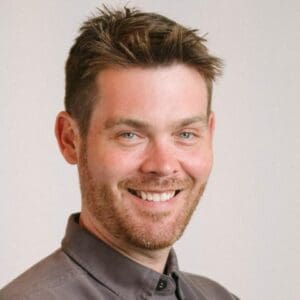 Christopher MacPherson
Christopher MacPherson
A computer scientist who worked for the National Security Agency and the Pentagon on counter terrorism, MacPherson did not take a typical path to academia. So, it is not surprising that he tells his students to embrace ambiguity and seek new trails to blaze.
“Moving forward doesn’t always happen in a straight line,” he said.
MacPherson, who has a graduate degree from the School of International and Public Affairs, said the design courses at the Keller Center introduce students to problems without well defined solutions. He said students learn that “the way we frame a question is often as crucial as the solutions that we propose.”
Joy Marcus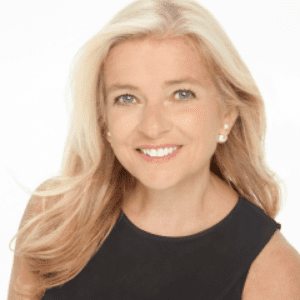
The former EVP and GM of Digital Video for all Conde Nast publications including The New Yorker and Vogue, Marcus ‘83 is the co-founder and General Partner of The 98, a venture fund that invests in women led technology businesses disrupting industry. Marcus served as the James Wei Visiting Professor in Entrepreneurship in 2014 and 2015. In her course, Creating Value, Marcus introduces students to the building blocks of successful entrepreneurship. “We start with a discussion of mindset,” Marcus said, reflecting on the way that inner dialogue affects creativity. The students then master a tool kit of techniques that allow them to transform ideas into solutions. “We apply the tool kit to some of the biggest problems in the world as expressed in the U.N.’s Sustainable Development goals,” she said.


